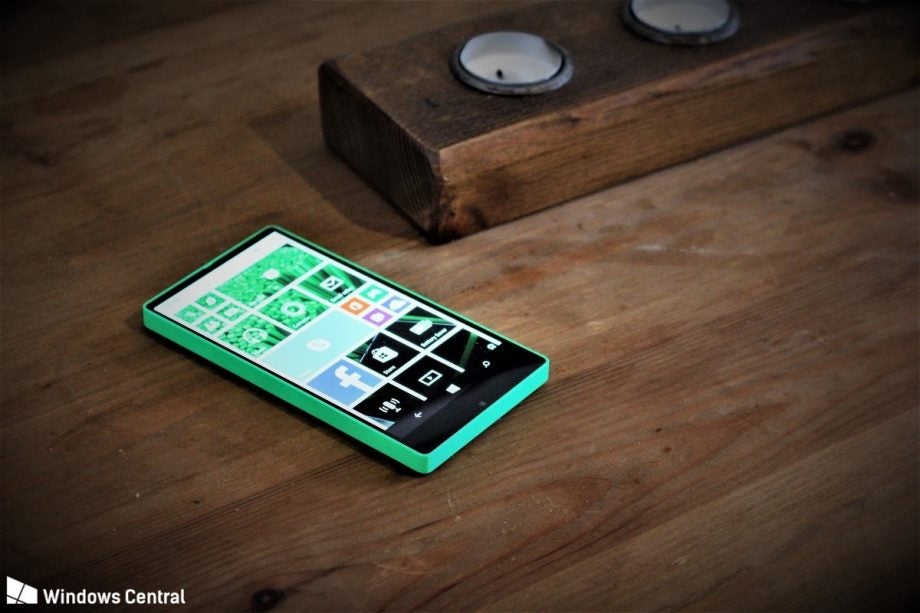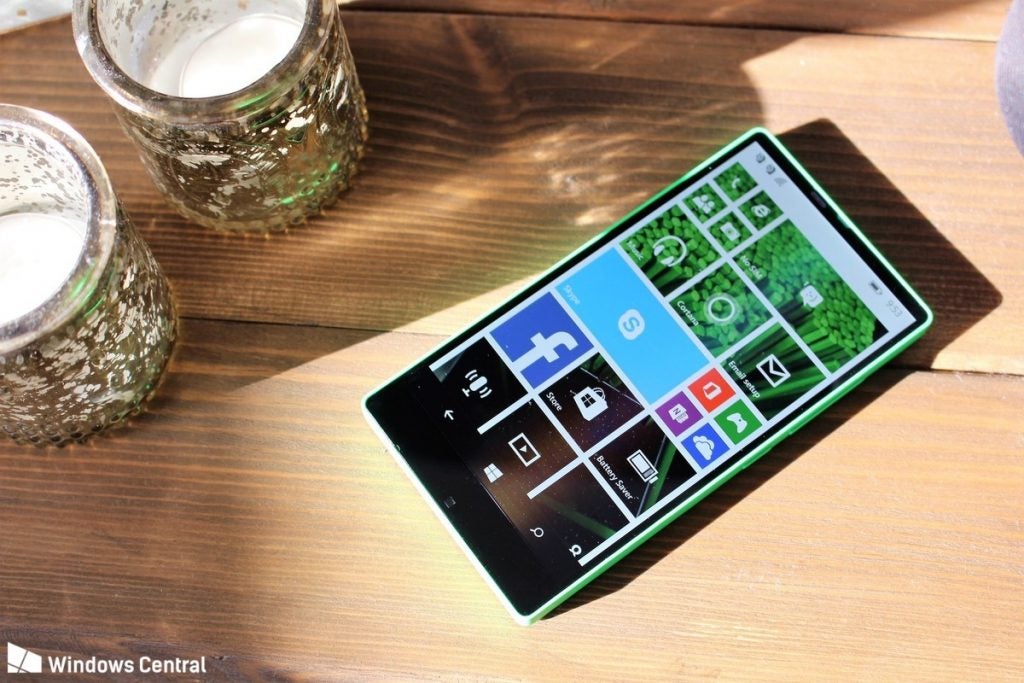Meet the ‘bezel-free’ Lumia that could have saved Microsoft’s smartphone dream

Microsoft may have been well ahead of its time, with reports indicating that the Redmond-based firm designed a (nearly) bezel-less phone as part of its old Lumia line.
While devices like the Samsung Galaxy S8 and iPhone X are currently being championed as leaders of the bezel-less revolution, Microsoft’s phone team was apparently looking at bidding goodbye to the bezel as far back as 2014, according to Windows Central.
The site claims to have gotten hold of a prototype of the phone that eventually became the Lumia 435. But rather than resembling the chunky budget handset that ended up coming to market under the 435 moniker, this device sported a near edge-to-edge 5-inch display and would have likely made waves in the mobile world at the time.
While there is a sizeable bezel on the bottom of the device, it still would have been regarded as essentially an ‘all-screen’ phone some three years ago.

Specifications weren’t great, however, with the unreleased Lumia 435 packing a Snapdragon 200 SoC – a good few grades below Qualcomm’s flagship 800 series – alongside 1GB of RAM and 4GB of on-board storage.
Still, the average specs mean that such a phone would have likely retained the 435’s affordable pricing, while offering something of a USP (for the time) by way of its snazzy design.
This in turn could have given Microsoft’s Windows Phone ecosystem a fighting chance, but now it looks like the firm’s mobile ambitions are a thing of the past – unless it pivots and releases something akin to the oft-rumoured Surface Phone.
Related: Samsung Galaxy S9

